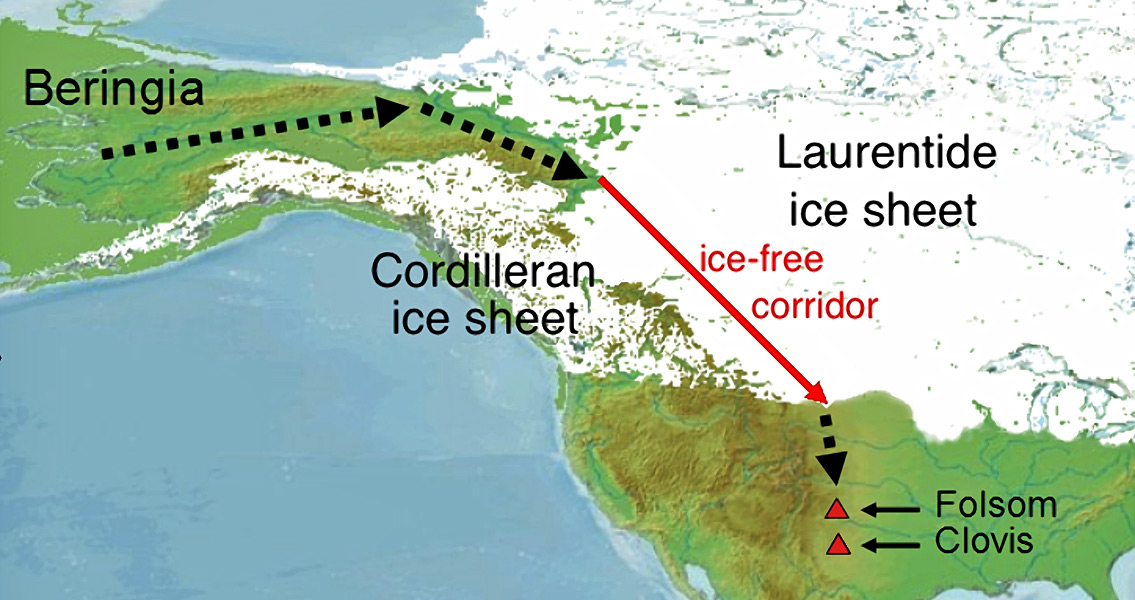<![CDATA[DNA analysis of two sets of remains discovered in Alaska has suggested that the first inhabitants of the North American continent came from Asia and for a while lived in Beringia, the landmass that once connected Siberia and Alaska, a new study has found. The fossils, dated to around 11,500 years ago, belonged to one infant around the age of six to 12 weeks and to a pre-term or stillborn foetus. The researchers working at the digs in Alaska, led by University of Utah anthropologist Dennis O’Rourke, took mitochondrial DNA samples from the two sets of fossils and managed to get 58.7 million sequences from the first one and 55.8 million from the second, the Daily Mail reports. Mitochondrial DNA is particularly valuable in anthropology as it is inherited on the mother’s side only and can reveal a person’s lineage quite accurately. What the research team found was that one of the infants belonged to a Native American lineage known as C1b, while the other belonged to the B2 lineage, a more common one. There are in total five lineages among Native Americans: A, B, C, D, and X. The Alaskan site where the infant fossils were found is one of just eight on the North American continent that are older than 8,000 years, dating to the time when the first Native Americans are believed to have spread across the continent. The study supports what’s known as the Beringian Standstill Model, as the two infants are the northernmost human remains belonging to these two Native American lineages ever found. The model argues that Native Americans are descendants of Asians who moved west and settled in Beringia, where they spent around 10,000 years. Over this period they evolved to become distinct from their Asian ancestors and then, some 15,000 years ago, they started moving south. O’Rourke told the Daily Mail that the two sets of fossils were the earliest human remains found in the northern part of the continent and even though they can be linked to two existing lineages, they also display diversity that is not present in current Native Americans. This, explains O’Rourke, suggests that there was “substantial genetic variation” in the inhabitants of Beringia before they moved south. Justin Tackney, the first author of the study added that there is a theory that these two Native American lineages evolved after the dispersal south but the finds in Alaska suggest that they had already emerged even before the start of the migration, seeing as they were present in the infants who lived around the time the migration started. What’s more, O’Rourke said, none of these lineages were present in Asia or Siberia, which means they emerged after carriers went to Beringia. One interesting fact about the find is that even though the infants had different mothers, they were buried together. The burial of infants was not a common practice in those times, the researchers say, which raises questions about the burial practices and hence the social structure of those ancient inhabitants of Beringia. Image courtesy of Wikimedia Commons user: Roblespepe ]]>
Infant Fossils Shed Light on Native American Lineages
